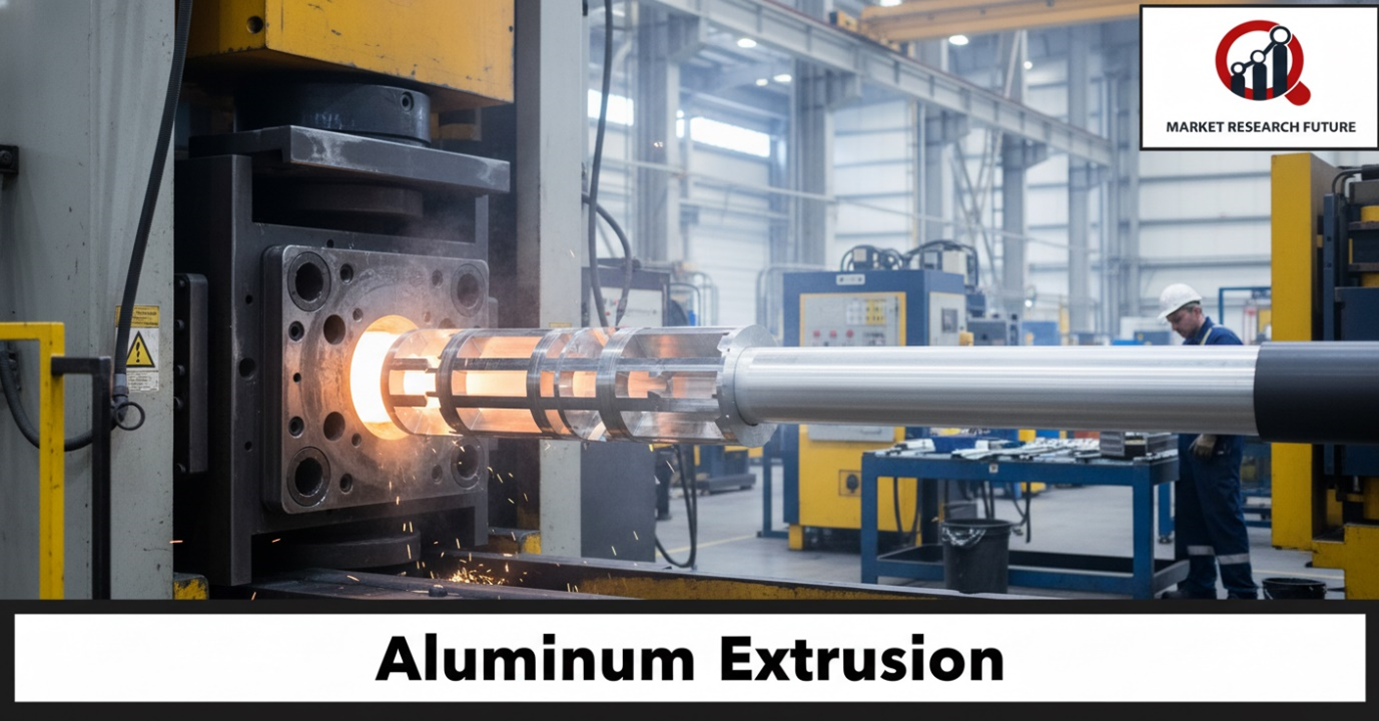The Aluminum Extrusion Revolution: Transforming Industries Through Lightweight Engineering

Aluminum is lightweight, durable, and endlessly recyclable, and is therefore one of the most versatile materials to be used in today's industrial world. Be it skyscrapers, electric vehicles, consumer electronics, or even aerospace components, aluminum extrusion is essential for modern innovation. But what is it and how is it so crucial to the economy today? Read on and find out.
Understanding Aluminum Extrusion
Aluminum extrusion is simply the manufacture of creating shapes out of aluminum. It involves heating aluminum billets and forcing them through a die which makes a specific cross-sectional shape. This enables the maker to create a complex yet precise and strong profile. Not to mention all the benefits aluminum has to offer: it is lightweight, corrosion resistant, and a good thermal conductor.
Think of it as a tube of toothpaste. Instead of toothpaste, you have heated aluminum as the stuffing, and instead of a tube, there is a steel die.
Applications Across Industries
The amazing adaptability of aluminum extrusion technology is fundamental in:
- Construction and Architecture: Used in window frames, curtain walls, structural supports, and facades due to its strength-to-weight ratio and sleek finish.
- Automotive and Transportation: Ideal for lightweight vehicle components, helping improve fuel efficiency and reduce emissions.
- Aerospace: For the planes or spacecraft to be constructed and for the airplane compartments to be designed, aerospace needs materials of high strength and minimal weight.
- Electronics: Electronic devices generate heat. For heat dissipation, it is necessary to construct heat sinks, housings, and connectors with electronics. Hence, heat sinks are made of electronics materials.
- Renewable Energy: Renewable Energy also needs Aluminum for the solar renewable energy panel frames and the components of wind turbine.
Key Benefits Driving Market Growth
- Lightweight and Strong: Aluminum of any sort is strong and light at the same. For transport and construction, and especially for Air transport, this is important for improvement of efficiency and the increase of environmental conservatism.
- Sustainability: Aluminum is a central pillar for the circular economy. This is because it is completely and endlessly recyclable.
- Design Flexibility: This is because creative engineers and designers are able to use the construction technique to create a multitude of shapes and profiles, minimising filler waste.
- Corrosion Resistance: Aluminum does not rust or corrosion with other materials, so it is reliable in any environment, safe or extreme.
Industry Challenges
Even if the future looks bright, the industry has the following:
- High Energy Demand: Extrusion is a highly energy-demanding process which is why the industry is trying to adopt energy friendly production methods through the use of renewable energies.
- Raw Materials: Aluminum price changes highly impact profit and production plans.
- Logistics: Aluminum billets and final products are highly dependent on global trade and their transport for prompt delivery.
- Eco-Friendly Production: More and more environmental impact regulations require poorly marketed manufacturers to adopt cleaner, more efficient production methods and technologies.
Positive Outlook
Growth of the aluminum extrusion market is driven by the construction, automotive, and renewable energy industries. The global adoption of the production is predicted to increase due to the rise of the more electric vehicles, recyclable building, and eco-friendly manufacturing.
Aluminum extrusion will always be a center of new ideas as industries continue to seek out advancements in lightweight design, recyclable and eco-friendly materials, and efficient performance.
Conclusion
The aluminum extrusion industry embodies a beautiful convergence of technical prowess and care for the environment. As progress within this flexible technique improves with the needs of sustainability, many industries will have the chance to develop and enhance. This technique will continue to improve in the areas of innovation, efficiency, and expansion. Aluminum extrusion will continue shaping the architecture to aerospace industries and the world of the future.

Leave a Comment